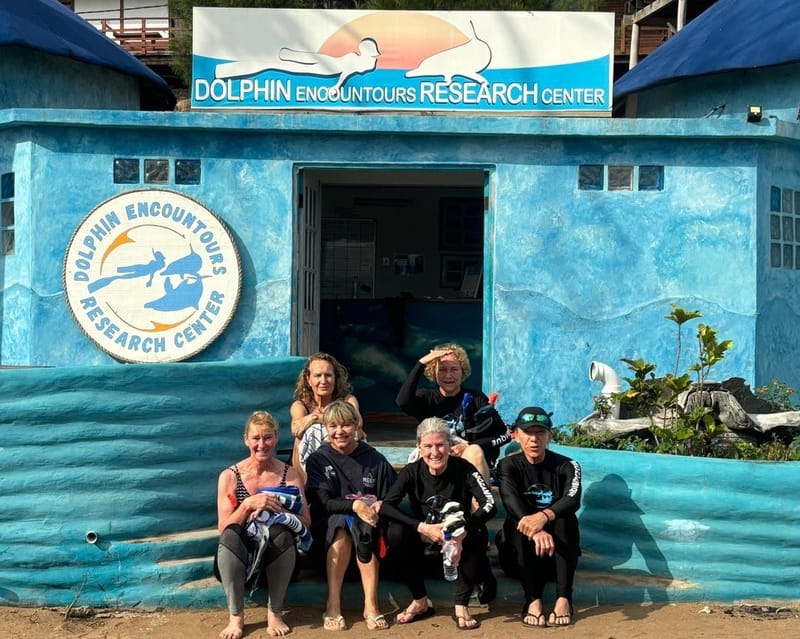Protecting Local Dolphin

Conservation Efforts:
The conservation of dolphins and their environment is a critical focus in Ponta do Ouro. As the region's dolphin tourism grew, it became apparent that measures were needed to manage and protect the dolphins' habitat. In response to the growing tourism pressure, the creation of a Marine Protected Area in 2009 helped regulate the industry and protect the dolphins' natural environment.
The importance of sustainable tourism practices was highlighted through the Dolphin Care Code of Conduct, which aims to ensure responsible dolphin encounters. It became clear that the long-term sustainability of dolphin tourism required careful management and the limitation of disturbances caused by boats and other tourism activities. In 2011, regulations were enforced, preventing scuba operators from taking tourists into the water to swim with dolphins, but allowing for dolphin viewing from a distance to help reduce disturbances.
The community, along with local and international researchers, continues to track dolphin populations through photo identification programs and volunteer initiatives. These studies help ensure that the dolphins of Ponta do Ouro remain protected and that tourism activities do not jeopardise their well-being.
The most common species in the region include:
- Bottlenose Dolphins (Tursiops truncatus): known for their playful behaviour and intelligence, they are often found in coastal waters.
- Indo-Pacific Humpback Dolphins (Sousa plumbea): these dolphins, with their distinctive pinkish-grey colour, inhabit shallow coastal waters.
- Spinner Dolphins (Stenella longirostris): famous for their acrobatic spins, these dolphins thrive in offshore tropical waters.
- Common Dolphins (Delphinus delphis): known for their agility and sociable behaviour, common dolphins are found in both offshore and coastal waters.
- Risso's Dolphins (Grampus griseus): these dolphins are identified by their grey colour and prominent scars, often seen in deeper offshore waters but occasionally close to shore.